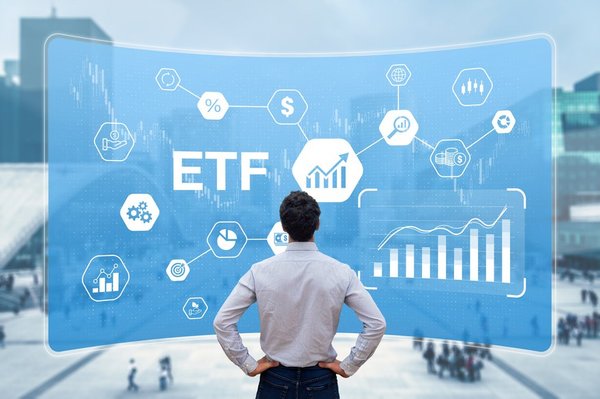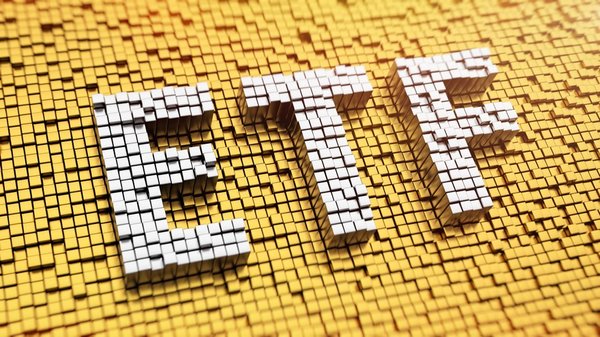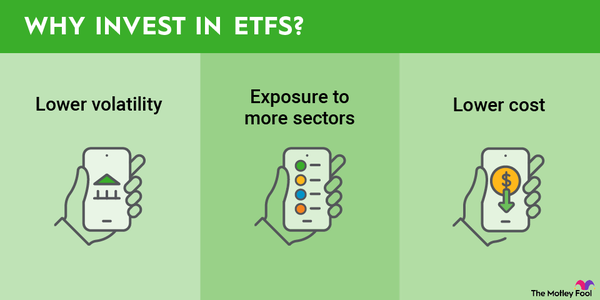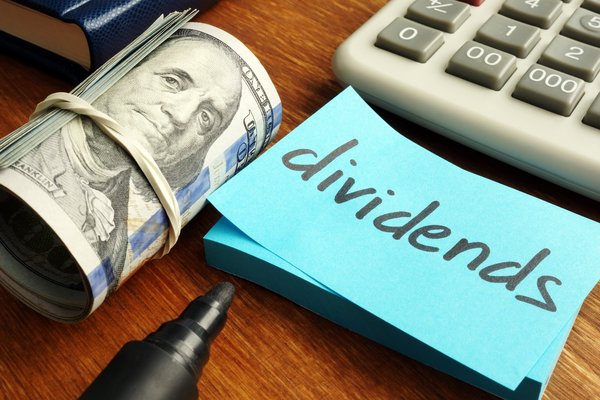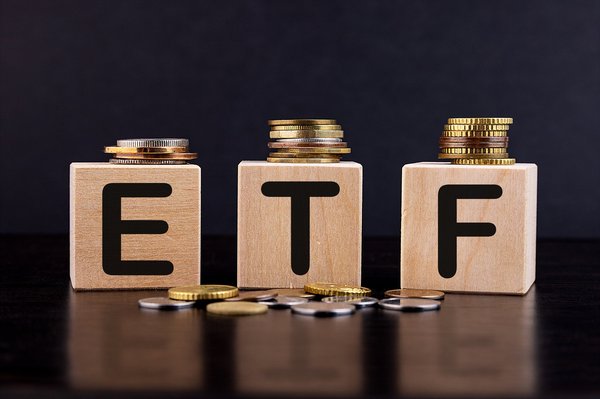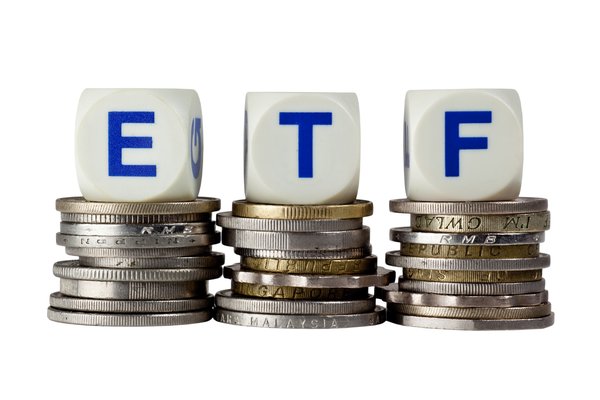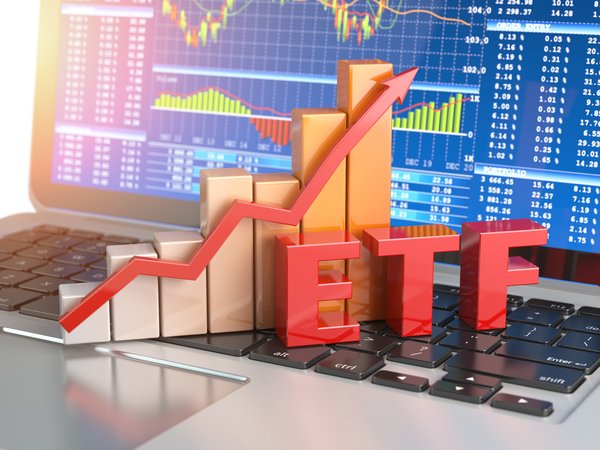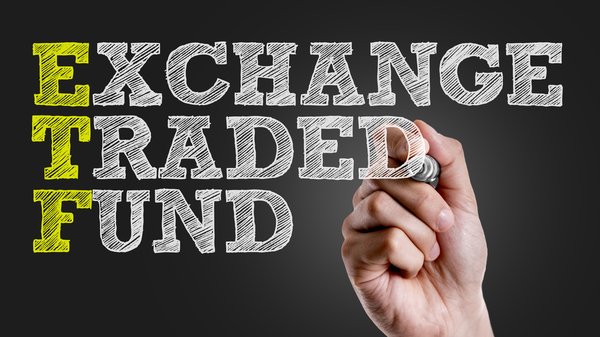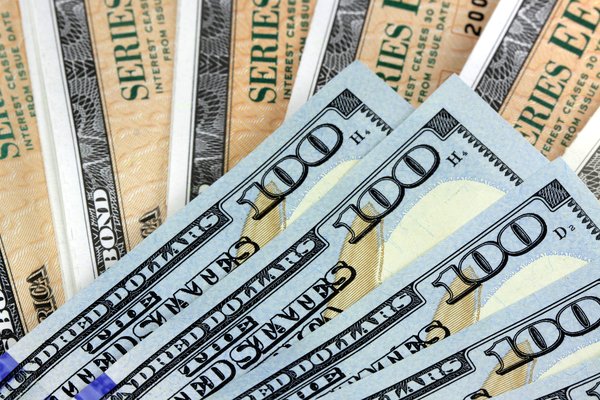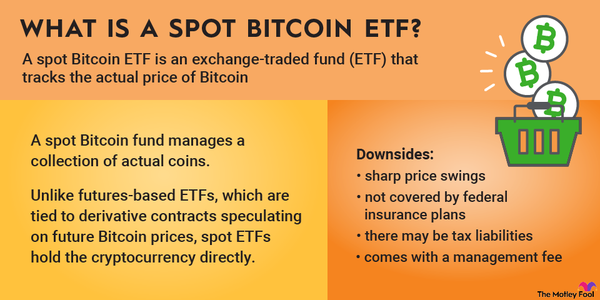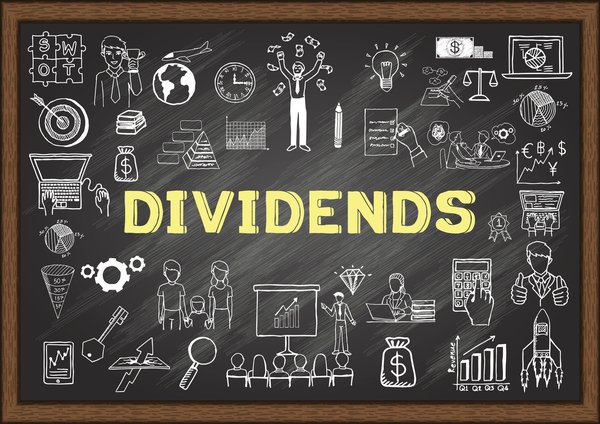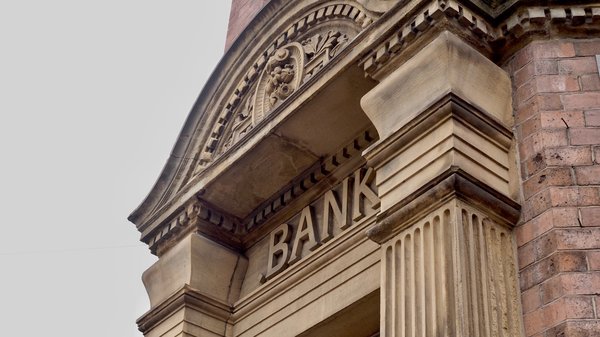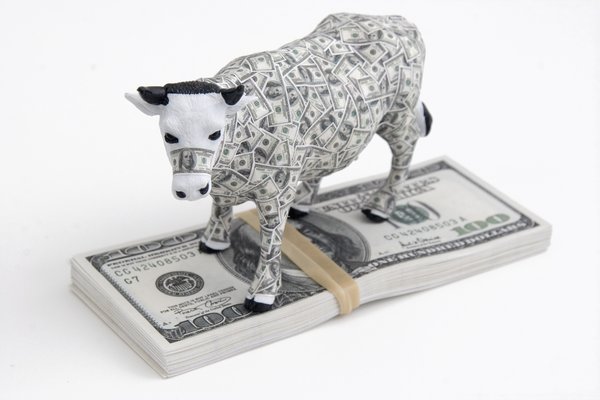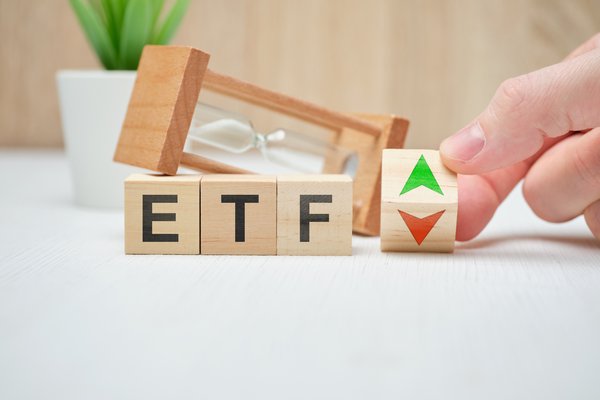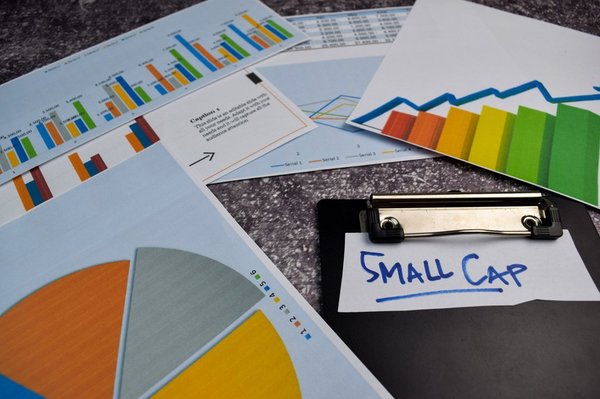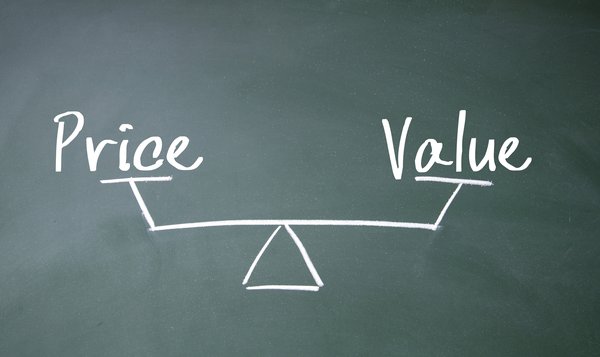The Vanguard High Dividend Yield ETF (VYM -0.25%) is a well-diversified exchange-traded fund (ETF) managed by The Vanguard Group, a top asset management firm owned by investors in its funds. As of late 2024, the dividend ETF had approximately $73 billion in total net assets.
Exchange-Traded Fund (ETF)
The fund's distribution across various sectors and exposure to a wide range of popular income-producing stocks have made it a favorite with many dividend investors. This guide will teach you everything you need to know about the Vanguard High Dividend Yield ETF and how to invest in ETFs as beginners.
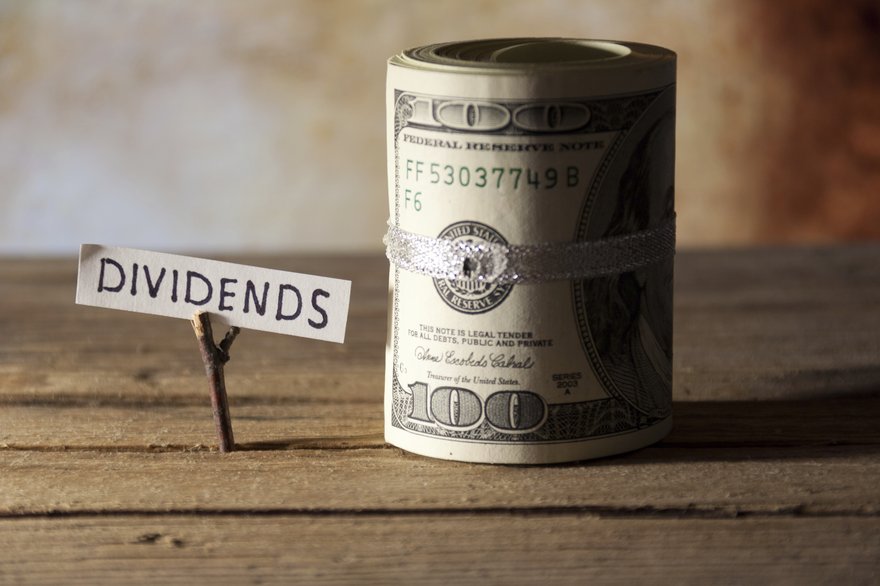
What is it?
What is the Vanguard High Dividend Yield ETF?
The Vanguard Group, which manages the Vanguard High Dividend Yield ETF, is one of the largest and most well-known providers of ETFs. Most ETFs seek to replicate the performance of a specific index. However, the Vanguard High Dividend Yield ETF tracks the FTSE High Dividend Yield Index, which aims to measure the investment returns of common stocks of companies with high dividend yields.
The Vanguard High Dividend Yield ETF utilizes a passively managed, full-replication strategy. This means the ETF comprises all the securities held by the FTSE High Dividend Yield Index and at the same proportions. The ETF also focuses on large-cap equities with above-average dividend yields.
The ETF features stocks with the highest dividend yields and, like the index it tracks, excludes real estate investment trusts (REITs) from its investment mix. REIT distributions are not considered qualified dividends. Instead, they are typically treated as ordinary income for taxation purposes. In excluding REITs from the fund, the Vanguard High Dividend Yield ETF focuses on investments that benefit from lower qualified dividend tax rates.
How to buy
How to buy the Vanguard High Dividend Yield ETF
It's very easy to buy the Vanguard High Dividend Yield ETF. You can buy shares directly from Vanguard or through your own brokerage account. Here is a step-by-step guide to buying shares of the ETF.
Step 1: Open your brokerage app
Log into your brokerage account where you handle your investments. If you don't already have an account through your regular brokerage or Vanguard, you'll need to open one to buy shares of this ETF. Opening a brokerage account through any firm usually takes just a few minutes.
Be sure to take the time to research to find the best broker for your investment needs. Keep an eye out for perks and features that make the most sense for your investment objectives, such as low trading fees, no account minimums, a variety of investment options, and helpful research and analysis tools.
Step 2: Search for the ETF
Next, you'll want to enter the stock ticker VYM into the search bar. You can also input the Vanguard High Dividend Yield ETF's name into the search bar to bring up the ETF's trading page.
Step 3: Decide how many shares to buy
Consider your investment goals and how much of your portfolio you want to allocate to this ETF. Building a well-diversified portfolio that represents various sectors and stocks can help you increase your returns with time. You should put cash only into investments you plan to hold for at least five years, preferably longer.
One of the great features of the Vanguard High Dividend Yield ETF is that it offers instant diversification. Once you invest in this ETF, you'll become part owner of the hundreds of companies it contains. Some investors choose to put cash only into funds like ETFs, while others like to diversify across both individual stocks and funds.
Step 4: Select the order type
Now that you have the ETF pulled up on your brokerage account screen, you'll want to choose between a market order or a limit order. With a market order, you can execute the order immediately at the current trade price.
With a limit order, you specify the maximum price you're willing to pay. If the ETF doesn't hit this price point, your order won't execute and may expire after a given period. Usually, proceeding with a market order is advisable so your transaction concludes without delay.
Step 5: Submit your order
Once you've confirmed the number of shares you want to buy or the amount you want to invest, check the details one more time. Then, submit your buy order to invest in the Vanguard High Dividend Yield ETF.
Step 6: Review your purchase
Check your portfolio to ensure your order was filled as expected and adjust your investment strategy accordingly. If you selected a market order, the transaction should occur immediately at the prevailing share price.
Holdings
Holdings of the Vanguard High Dividend Yield ETF
The Vanguard High Dividend Yield ETF tracks the FTSE High Dividend Yield Index. As of late 2024, the ETF contained 536 stocks with a median market cap of $142 billion. At the time of this article, the ETF's top 10 holdings are as follows:
- Broadcom (AVGO 1.66%): 4.38%
- JPMorgan Chase (JPM -0.49%): 3.61%.
- Exxon Mobil (XOM -0.11%): 2.97%
- Home Depot (HD 0.05%): 2.21%
- Procter & Gamble (PG -2.74%): 2.21%
- Johnson & Johnson (JNJ -0.37%): 2.19%
- AbbVie (ABBV -0.62%): 2.05%
- Walmart (WMT 0.72%): 2.02%
- Bank of America (BAC 1.32%): 1.61%
- Merck (MRK 0.58%): 1.47%
These 10 stocks have the most significant impact on the returns of the Vanguard High Dividend Yield ETF. Like the index it seeks to track, this ETF has diversified exposure to several stock market sectors.
Its most significant exposure is to the financials sector, which represents roughly 21.8% of its overall portfolio. The ETF's weighted exposure across 10 of the 11 stock market sectors (all except the real estate sector) as of late 2024 is as follows:
- Basic materials: 2.00%
- Consumer discretionary: 10.10%
- Consumer staples: 10.80%
- Energy: 9.60%
- Financials: 21.80%
- Healthcare: 11.70%
- Industrials: 12.70%
- Information technology: 9.80%
- Telecommunications: 4.30%
- Utilities: 7.20%
Should I invest?
Should I invest in the Vanguard High Dividend Yield ETF?
The Vanguard High Dividend Yield ETF might be a wise selection for your portfolio for several reasons. It can provide a relatively low-cost, passive investment that delivers instant diversification to some of the top stocks and stock market sectors, emphasizing companies that boast high dividend yields.
Likewise, if you're looking for an investment that can deliver returns that track the FTSE High Dividend Yield Index, this ETF could be a good fit for your portfolio. High interest rates have been a serious challenge for companies across many sectors, with the financial sector experiencing some of the most notable headwinds from these trends.
As interest rates are slowly but surely declining, the financial sector looks primed for some extremely favorable tailwinds. It's worth noting that this shift could be particularly beneficial for an ETF like the Vanguard High Dividend Yield ETF because it's so heavily weighted in this sector.
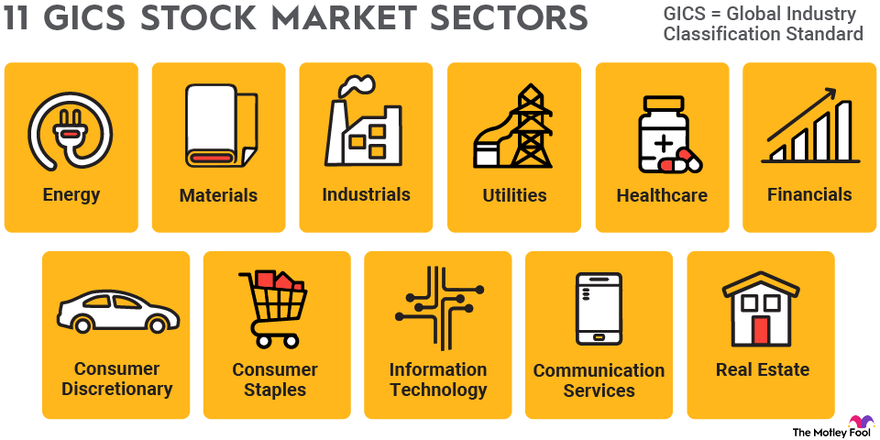
Also, consider that the Vanguard High Dividend Yield ETF's portfolio contains some of the world's most well-known companies in sectors ranging from healthcare to consumer staples. This also gives it considerable exposure to spaces that have historically experienced low cyclicality, enabling growth in a variety of market environments.
No investment is guaranteed. For example, if you're seeking investments that can deliver above-benchmark returns or an investment with less concentration among its top holdings, the Vanguard High Dividend Yield ETF may not be right for you.
Dividends
Does the Vanguard High Dividend Yield ETF pay a dividend?
The Vanguard High Dividend Yield ETF paid a dividend that yields approximately 2.6% in late 2024, about double what the average stock trading on the S&P 500 pays. The fund makes quarterly dividend income payments.
Bear in mind that payments will fluctuate from quarter to quarter based on the dividends received from the underlying portfolio holdings. Other factors that can affect an ETF's payout from quarter to quarter include market conditions, interest rates, and the performance of the various sectors the fund is concentrated in.
Expense ratio
What is the Vanguard High Dividend Yield ETF's expense ratio?
The Vanguard High Dividend Yield ETF has a relatively low expense ratio of 0.06%. The average index ETF's expense ratio is in the ballpark of 0.5%. The Vanguard Group is known for its funds' low expense ratios, which enable investors to retain more of their overall returns.
Expense Ratio
Taking that ultra-low 0.06% expense ratio into account, Vanguard's management fees on a $10,000 investment in the Vanguard High Dividend Yield ETF would be only $6 per year. Compare that to a $10,000 investment in a fund that charges 0.5%, which would run $50 annually. The higher cost can really add up and eat into investors' returns with time.
Historical record
Historical performance of the Vanguard High Dividend Yield ETF
The Vanguard High Dividend Yield ETF's goal is to closely track the average stock market return as measured by the FTSE High Dividend Yield Index. It has certainly delivered on its goals through the years. As you can see in the table below, the fund's returns have roughly matched those of its benchmark index over the past one-, three-, five-, and 10-year periods.
| Metric | 1-Year | 3-Year | 5-Year | 10-Year |
|---|---|---|---|---|
| Market Price | 31.15% | 8.95% | 10.78% | 9.89% |
| Net Asset Value | 31.15% | 8.95% | 10.79% | 9.90% |
| Benchmark | 31.23% | 9.02% | 10.84% | 9.95% |
The bottom line on the Vanguard High Dividend Yield ETF
Over the years, the Vanguard High Dividend Yield ETF has done an excellent job delivering returns that match the FTSE High Dividend Yield Index. Its super-low expense ratio, along with superior diversification across some of the world's top companies and their respective sectors, has enabled income investors to augment their returns time and time again since the fund's inception nearly two decades ago.
Related investing topics
Overall, the ETF's exposure to such a broad selection of sectors and companies could make it a smart choice for passive-income-seeking investors. The Vanguard High Dividend Yield ETF could be a superb addition to a long-term investor's portfolio.
FAQ
Investing in Vanguard High Dividend Yield ETF: FAQ
How to invest in VYM?
You can buy the Vanguard High Dividend Yield ETF directly from Vanguard or through your regular brokerage firm.
Is VYM a good investment?
The Vanguard High Dividend Yield ETF is a great investment. It provides low-cost exposure to the companies and sectors contained in the FTSE High Dividend Yield Index.
Does VYM pay a dividend?
Yes, the Vanguard High Dividend Yield ETF pays a dividend, which it distributes on a quarterly basis.
How does Vanguard High Dividend Yield ETF work?
The Vanguard High Dividend Yield ETF seeks to track the performance of the FTSE High Dividend Yield Index, which aims to measure the investment return of common stocks of companies with high dividend yields.







